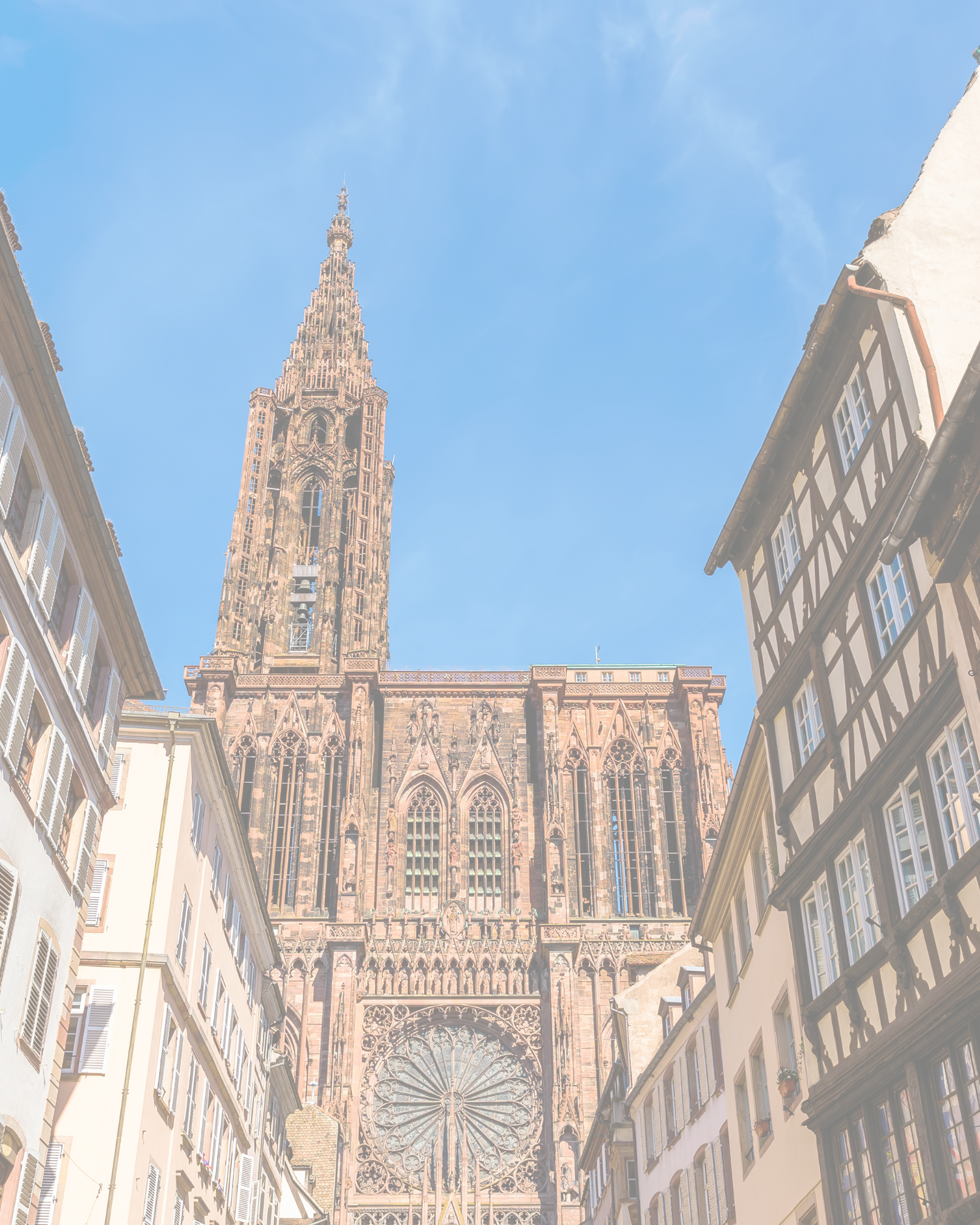
Strasbourg’s Clock: How Time Stopped for a City That Never Forgot Its Past

Written by Edoardo Laudani
Strasbourg, sitting gracefully on the banks of the Rhine River, is a city where history and modernity dance together. With its charming medieval streets, stately architecture, and a unique blend of French and German influences, Strasbourg has long been a crossroads of European culture. Yet, beneath its beautiful exterior lies a centuries-old mystery tied to one of the city’s most iconic landmarks—the astronomical clock of Strasbourg Cathedral.
The Grand Cathedral: More Than Just a Place of Worship
Strasbourg’s Cathedral, officially known as Cathedral of Our Lady of Strasbourg, is one of the most magnificent examples of Gothic architecture in Europe. Standing tall at 142 meters, it was the tallest building in the world from 1647 to 1874. The cathedral is not only a symbol of the city but a testament to the ingenuity of the craftsmen who spent nearly 400 years building it.
Yet, it’s not just the stunning façade or the towering spires that captivate visitors. Inside the cathedral lies a treasure that has fascinated people for centuries—the astronomical clock, one of the most complicated timepieces ever created. And it’s here that the story takes an unexpected twist.
The Curiosity: The Clock that Stopped Time (and Why It Still Does)
It is said that time stands still for no one—but in Strasbourg, it certainly seemed to stand still for a while in the 18th century, thanks to an extraordinary piece of craftsmanship. The astronomical clock, which was completed in 1843, is a complex marvel of engineering, combining both timekeeping and astronomical calculations. It not only tells the time but also shows the movements of celestial bodies, phases of the moon, and the positions of the planets. But it’s what happened to the clock in the 19th century that adds an air of mystery.
During the Franco-Prussian War in 1870, Strasbourg found itself under siege by the Prussian army. The city held out bravely, but when it finally fell, the clock stopped. It wasn’t merely a mechanical failure—no, the clock’s movement ceased entirely, as if to mark the tragic moment when the city fell into enemy hands.
But here’s the most curious part: it took nearly a century for the clock to be fixed. For 87 years, the clock stood still, frozen in time as a silent witness to the events of the war and the tumultuous years that followed. It wasn’t until 1958 that the clock’s intricate gears began turning again, bringing time back to life—though, in a way, it never truly ""forgot"" the past.
Tracing the Mystery: A Visit to the Astronomical Clock
Today, the clock is a popular attraction for visitors from around the world. And while time may march forward, it is impossible to ignore the weight of history that lingers within the clock’s brass gears and polished brass dials. Visitors to Strasbourg can still witness the clock’s daily show at noon, when the clock performs a complex and mesmerizing mechanical display.
• The Strasbourg Cathedral: The clock itself is housed inside the Strasbourg Cathedral, which remains one of the most awe-inspiring landmarks in the city. The cathedral’s interior, with its stained glass windows and soaring arches, is a must-see. It’s here that the mystery of the clock truly comes alive.
• The Astronomical Clock Show: Each day at noon, the astronomical clock performs a show that’s as much about history as it is about mechanics. The clock’s intricate gears move in perfect synchrony, displaying the celestial movements of the moon, planets, and stars. The mechanical figures march past, a procession that feels almost like a theatrical performance.
• The Cathedral’s Tower: For those who want to truly experience the history of Strasbourg, climbing the Cathedral’s tower offers a breathtaking view of the city and the surrounding region. From here, you can appreciate the sheer scale of the cathedral and reflect on how the city has evolved over centuries.
Why Strasbourg’s History Still Matters
The story of the astronomical clock is just one thread in the rich tapestry of Strasbourg’s history. Strasbourg has been a cultural and political center for centuries, and its position at the crossroads of France and Germany has shaped its identity. The city’s Gothic architecture, picturesque half-timbered houses, and charming canals evoke a sense of timelessness—where the past and present coexist in harmony.
Strasbourg is also known for its role as the seat of the European Parliament, a modern symbol of the city’s ongoing importance in European politics. But even amidst the bustling institutions of the European Union, the city’s rich history remains ever-present.
For history buffs, Strasbourg is a place where the ancient and modern worlds meet. Whether it’s strolling along the city’s canals, exploring its medieval streets, or marveling at the grandeur of its cathedral, Strasbourg invites visitors to step back in time and experience the spirit of a city that has always stood at the crossroads of history.
Visit Strasbourg. Explore the clock, climb the tower, and discover a city where time itself has a story to tell.

Related Itinerary: Strasbourg
Follow Us
Join
Subscribe For more itineraries
Love discovering hidden gems and powerful stories like this? Follow us for more curated itineraries, historic insights, and unforgettable destinations around Luxembourg and beyond. Whether you’re planning your next weekend getaway or just love exploring from your screen, we’ve got countless ideas to inspire your next journey. Adventure is closer than you think—come explore it with us!

